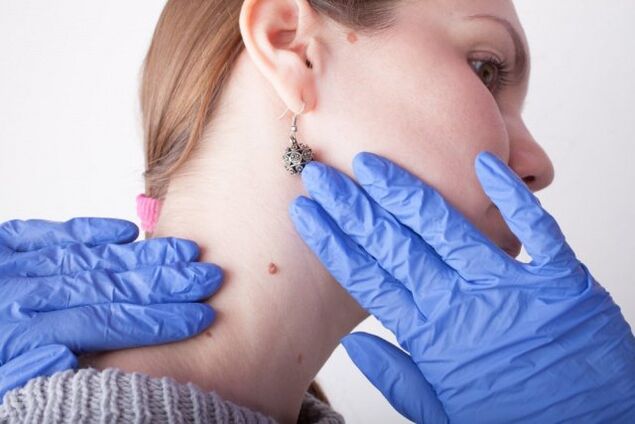
Papillomas are benign neoplasms localized on the surface of the skin and mucous membranes, which look like papillary outgrowths located on a thin "leg". This disease is associated with the human papilloma virus. The resulting papillomas can be painful, painful, and cause external defects. In this case, a natural question arises regarding their transfer. Below we will talk about medicines to remove papillomas.
The human papillomavirus is far from a harmless representative of the viral flora. Not only does it cause the formation of papillomas and warts, but sometimes this pathogen leads to malignant neoplasms, especially cervical cancer. In 2019, scientists published a work in which it was found that the population has low awareness of the human papilloma virus, its transmission channels, its consequences and preventive measures.
Local remedies

First, let's look at drugs specifically designed to remove papillomas. We emphasize that you should consult a specialist before using them.
The first medicine for external use is a liquid, which contains two components - metacresol and phenol. It must be applied to a point on the affected areas of the skin or mucous membranes using a special stick, avoiding contact with areas close to the skin. In the case of small papillomas, as a rule, one application is sufficient; for larger ones, repeated applications (3-4 times) at intervals of several minutes may be necessary.
How does this medicine work? The components included in the solution are the result of coagulation of skin proteins, due to which papillomas disappear.
Another commonly used preparation is a liquid made from sodium bicarbonate, sodium chloride and sodium hydroxide. It also has a cauterizing effect, which allows you to effectively remove not only papillomas, but also warts, genital warts, etc.
In addition, a solution containing:
- nitric acid;
- acetic acid;
- lactic acids;
- oxalic acid dihydrate;
- copper nitrate trihydrate.
It belongs to the advanced local necrotizing drugs, destruction of pathologically changed tissues. This product is also applied sparingly to the affected area. If necessary, processing is repeated.
Systemic therapy
Local medications alone are not enough to effectively fight papillomas. In order to prevent a relapse, systemic therapy must be carried out, namely, taking medications that have an antiviral and immunomodulatory effect.
An example is inosine acedoben dimepranol. This drug is active against the human papilloma virus, helps to suppress it in the body, and has an immune effect.
We emphasize again that you should consult a specialist before using any medication.














































































